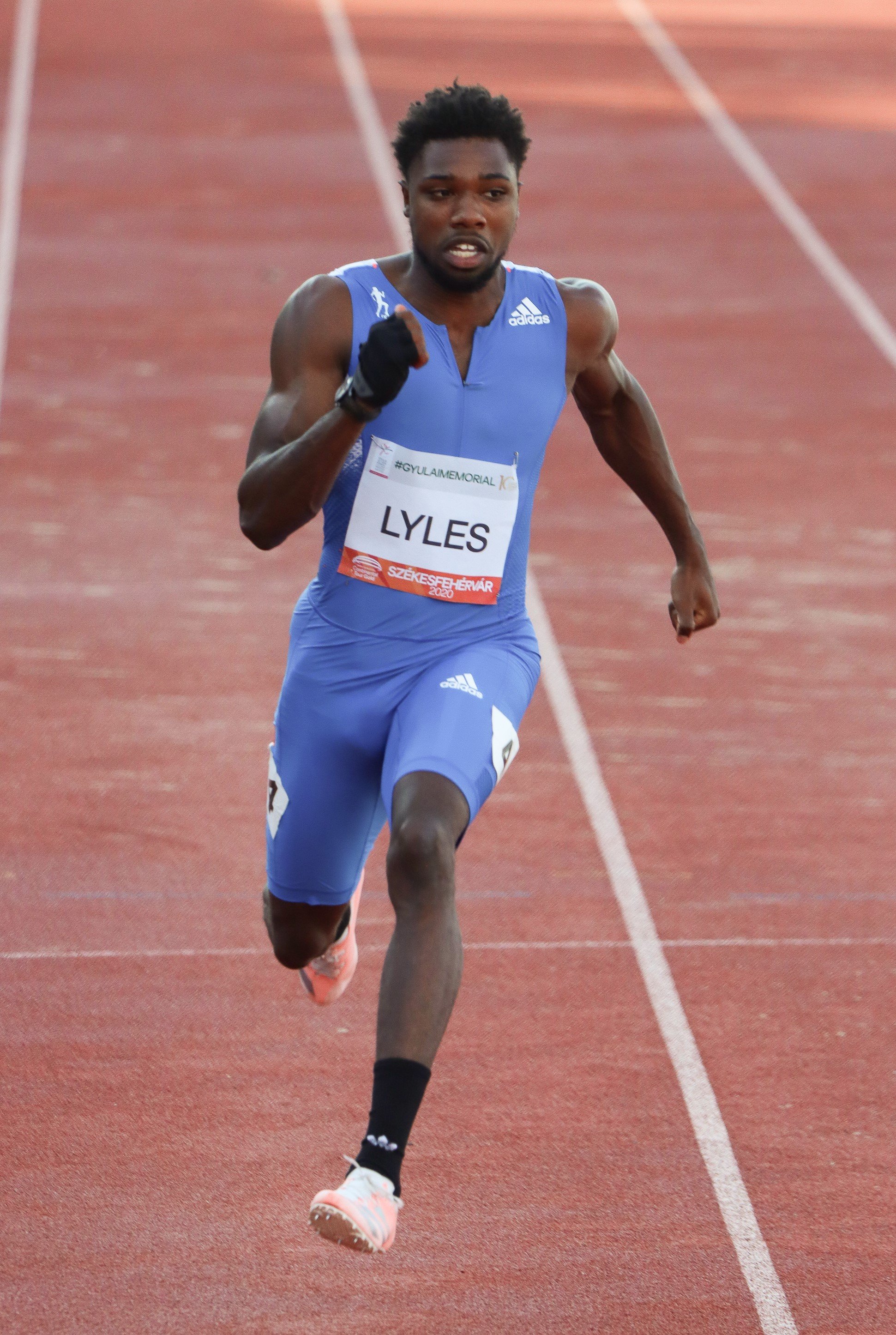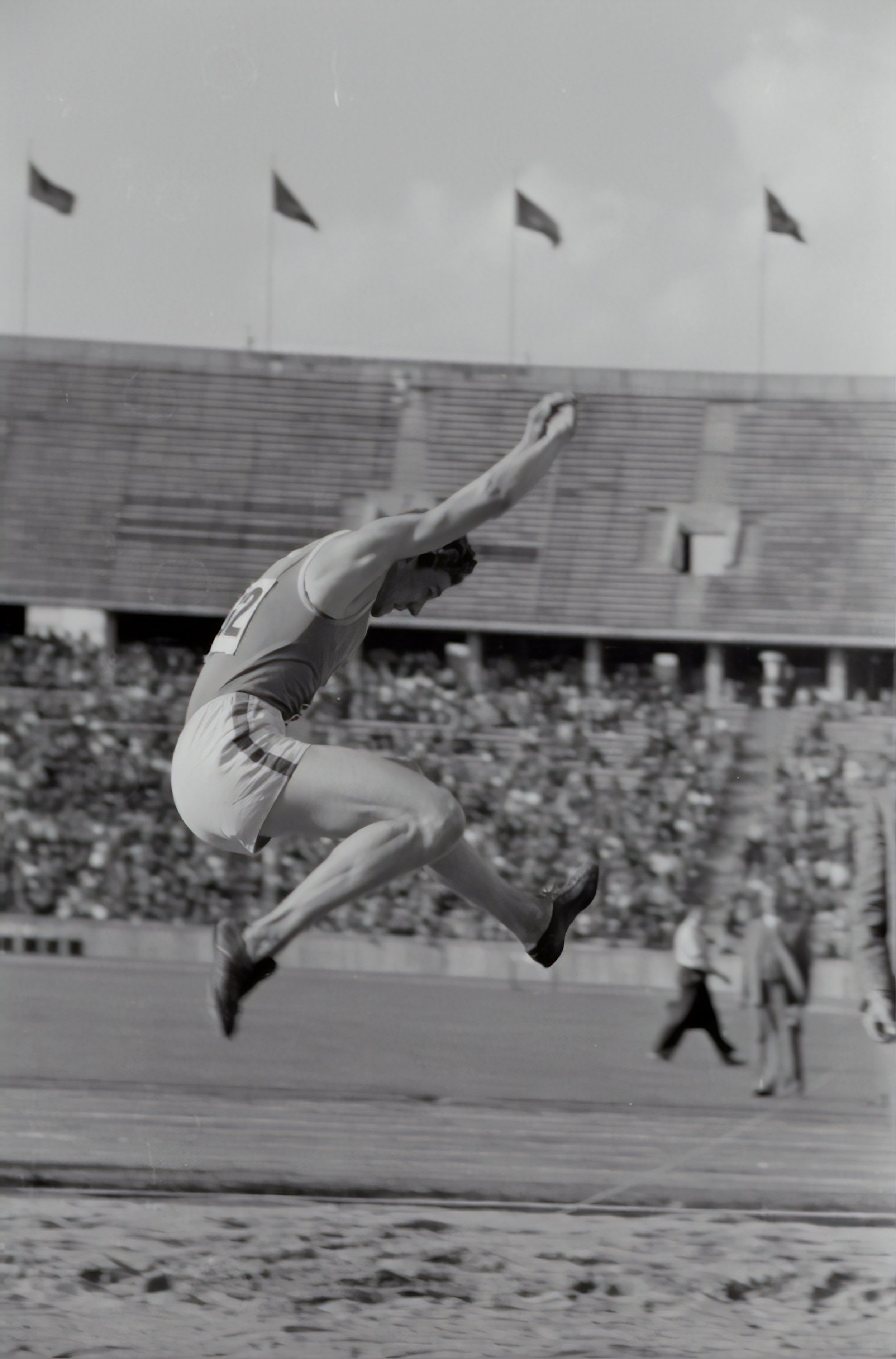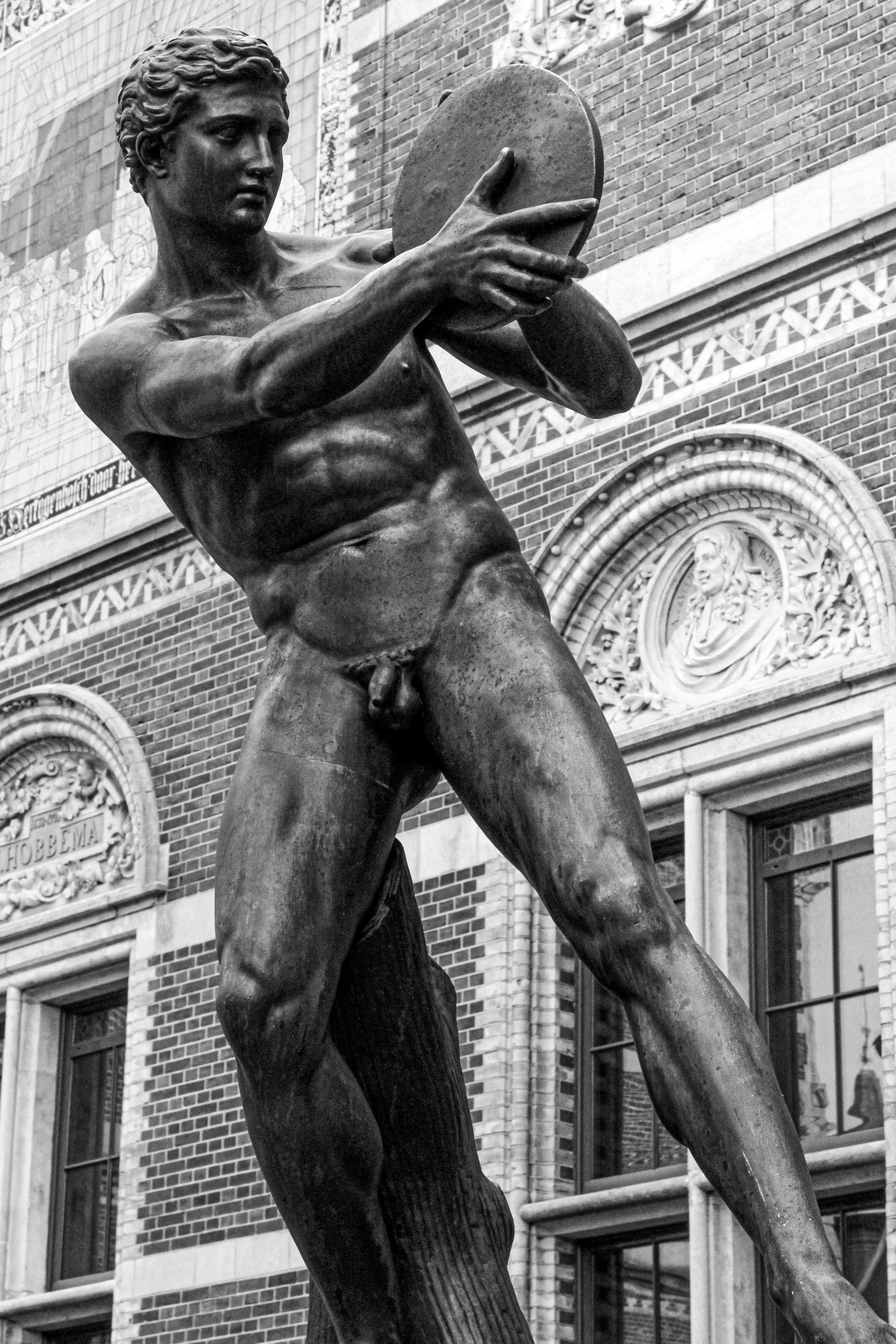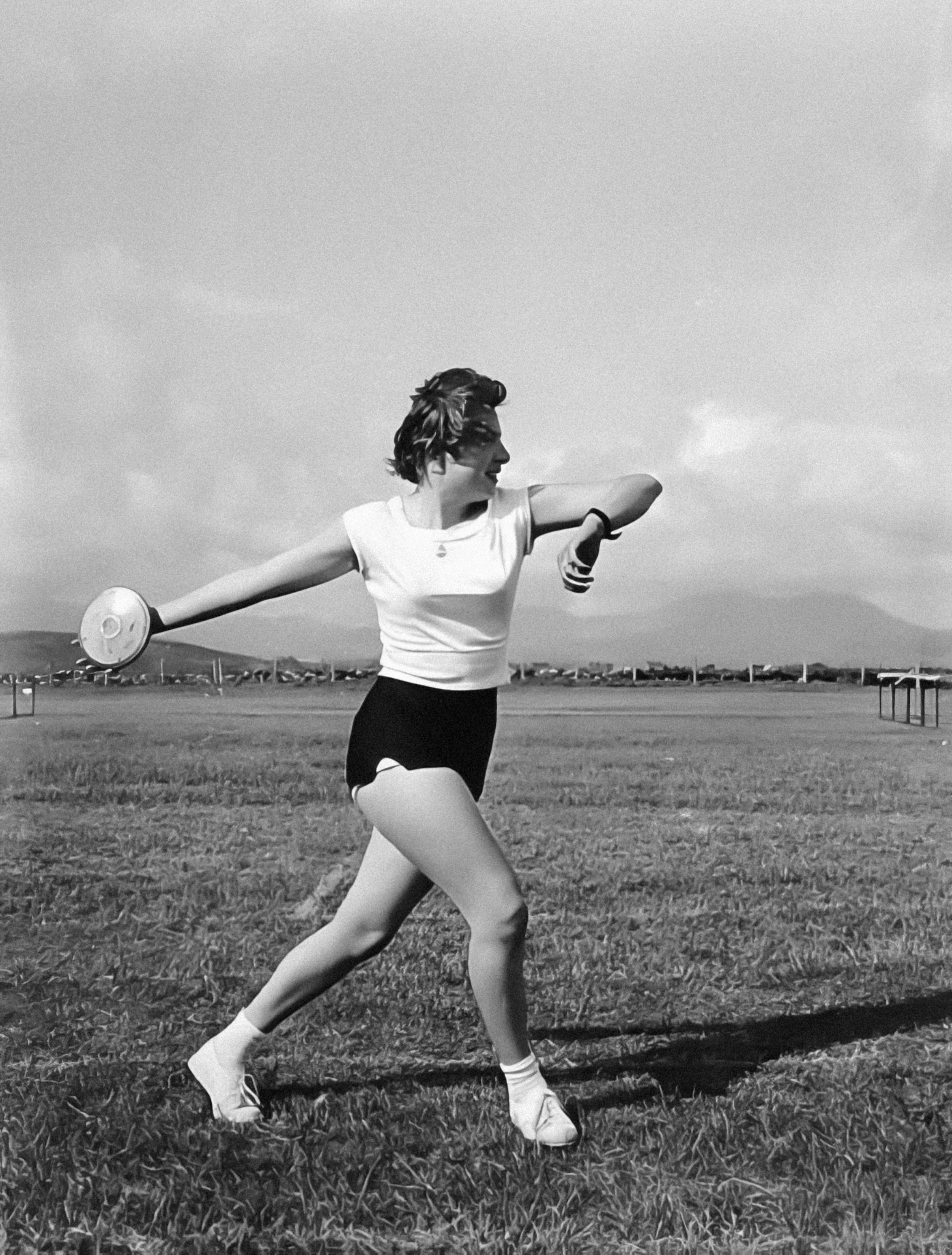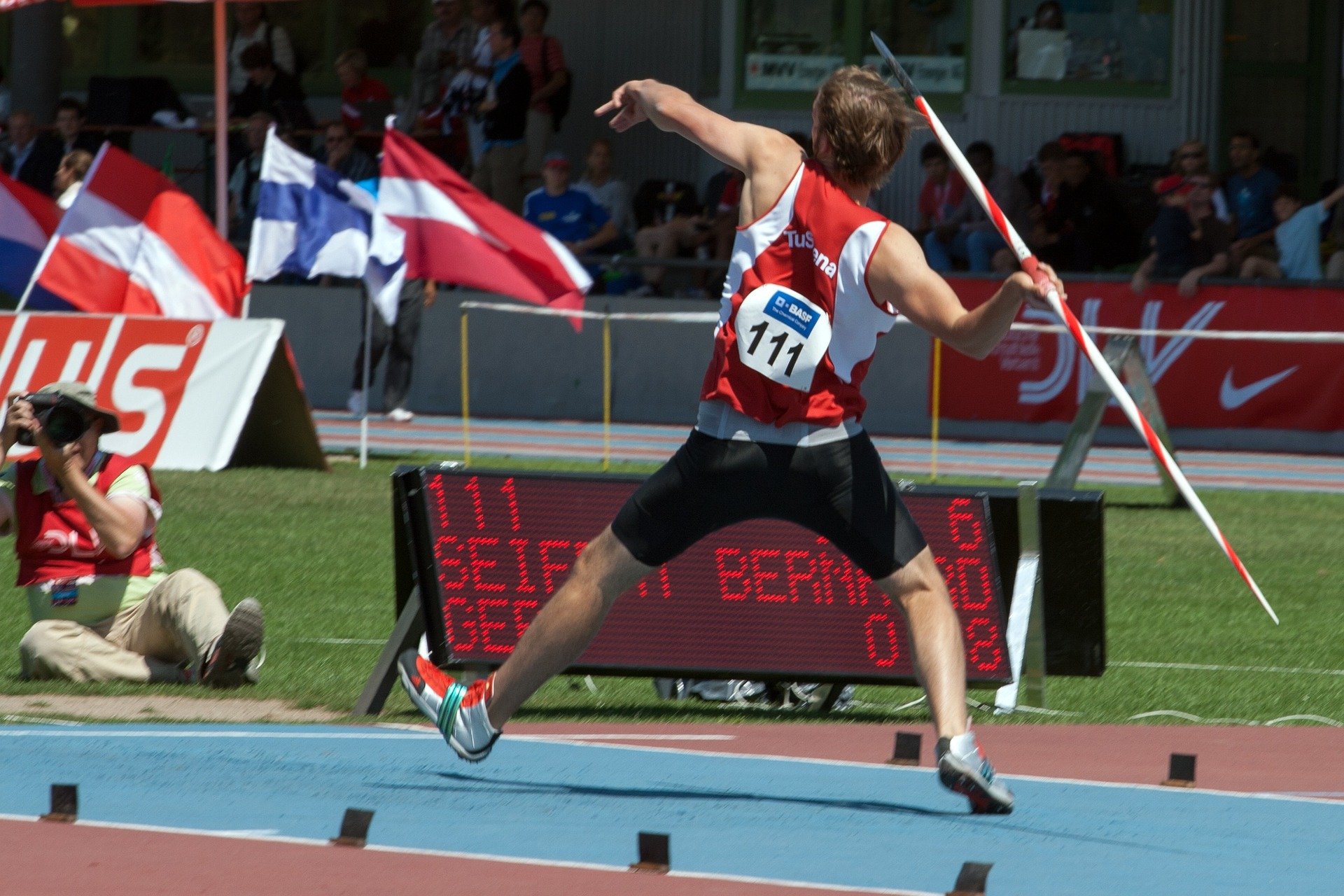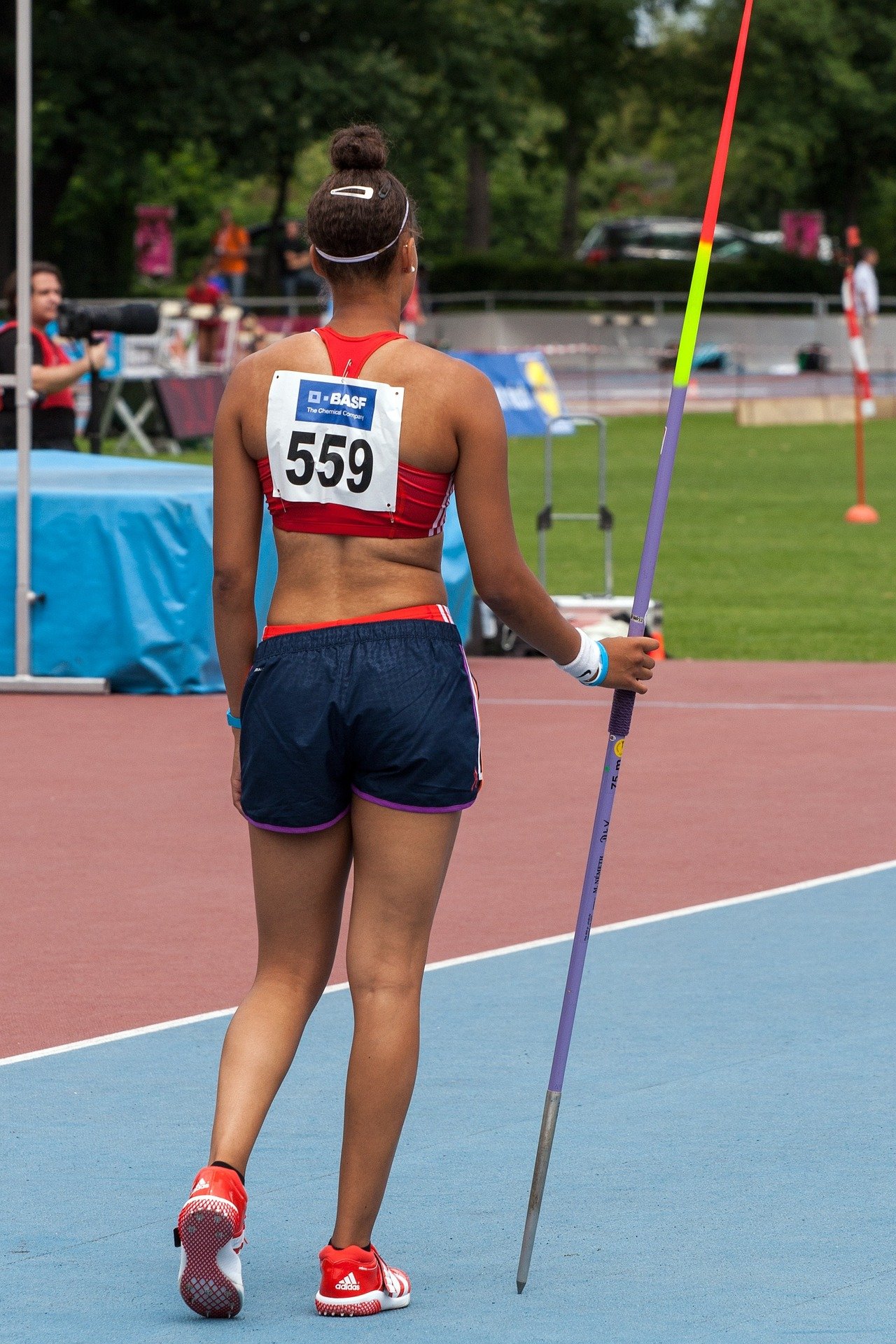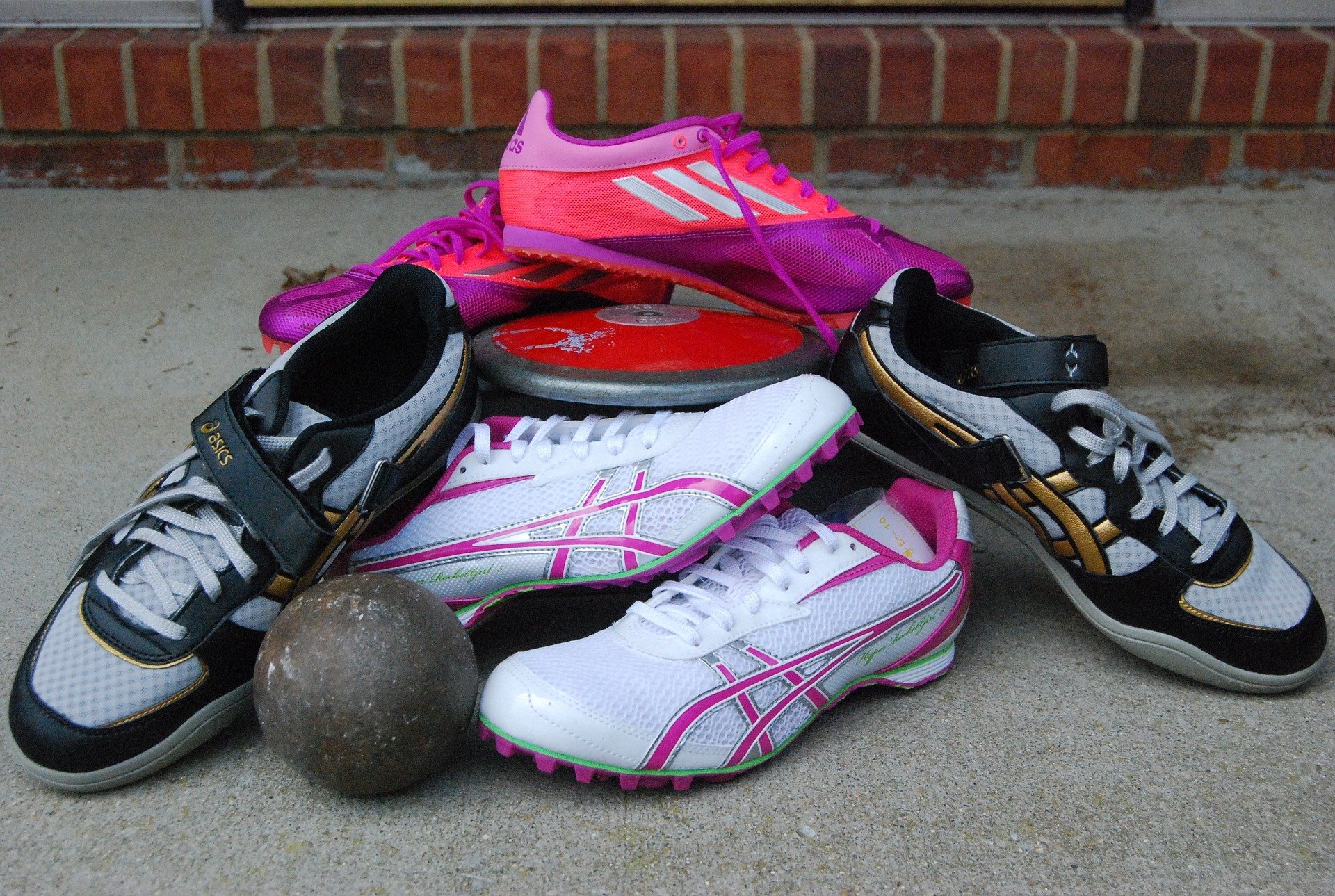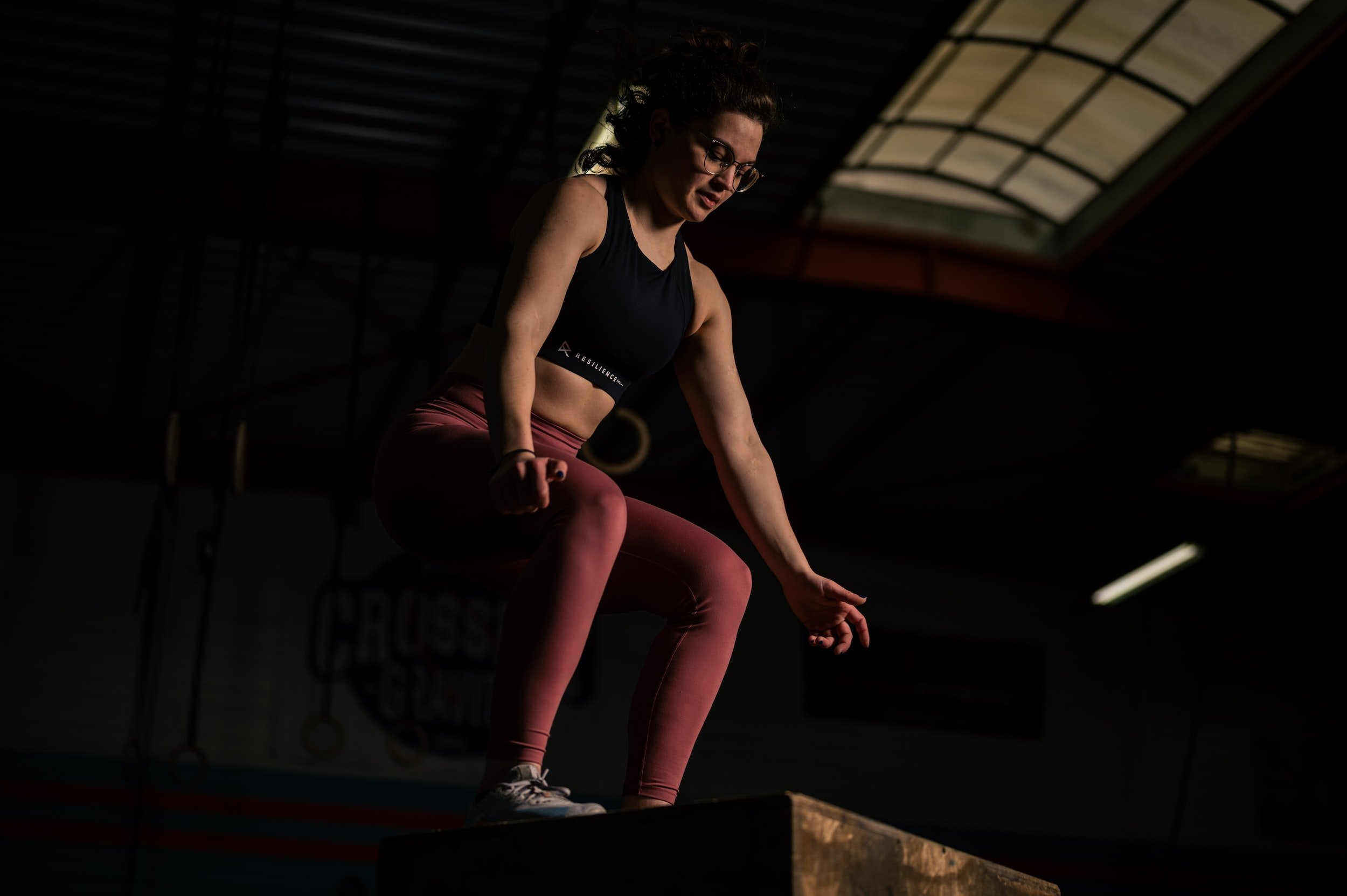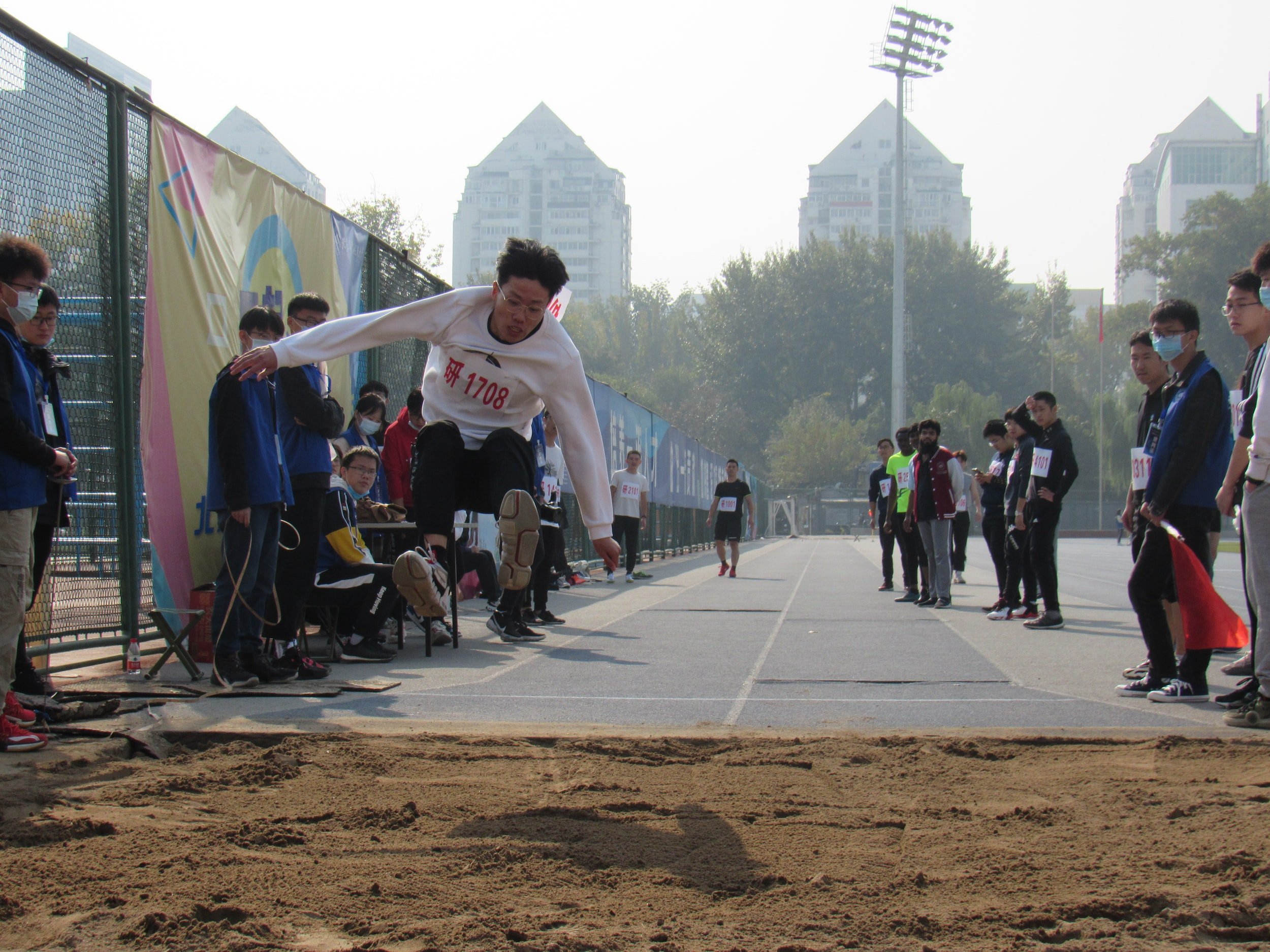Jamaican Sprint Secrets - Pre-Season Training
This article is a summary of Insights to Jamaican Sprinting Success by Jimson Lee. Jimson Lee is a Coach, Masters Athlete and founder of the Blog SpeedEndurance.com.
When it comes to sprinting, Jamaican athletes are some of the best in the world. Coaches like Stephen Francis and Glenn Mills have trained some of the most successful sprinters, including Usain Bolt and Asafa Powell. Their training methods have been a closely guarded secret for years, but in this article, we’ll take a closer look at how they train their athletes during pre-season.
Pre-Season Training Philosophy
Long to Short with Short
Stephen Francis is a coach who is known for his “long-to-short” approach to training. This means that he starts the pre-season with low-speed, high-volume distance training and gradually moves towards shorter and faster runs as the season progresses. In contrast, the “short-to-long” approach starts with accelerating development from day one and focuses on shorter, specific, and faster runs from week one onwards.
For Francis, the key is to work on different energy systems on successive days. He believes that athletes can work hard on consecutive days as long as they are working on different areas. For example, he will focus on sprints up to 30 meters one day and then focus on endurance training the next day.
Weights
Francis prefers to use free weights and minimal equipment for strength training. This is because he believes that workouts should resemble sprints as much as possible. He includes a variety of single-leg exercises in his workout routine, including split squats, single-leg deadlifts, lunges, step-ups, and single-leg squats.
Francis likes to do his weight training before sprint sessions to get the most out of the workout. He also incorporates high-volume sit-ups with a medicine ball three times a week to strengthen the core. The bench press is another exercise he favors because it strengthens the hands and arms and keeps athletes in the set position.
What sets Francis’s weight training program apart is the emphasis on the rear part of the body, from the heels to the lumbar region of the lower back, which are the muscles most involved in sprinting.
Hamstring Training
Sprinting can be very taxing on the hamstrings, and Francis recognizes the importance of keeping them strong. He trains his athletes' hamstrings 4-5 times a week. It's rare for an athlete to suffer from a torn hamstring while training with Francis, which is a testament to his focus on preventing injuries. One of the exercises he incorporates into his program is the hip extension exercise.
Francis doesn’t put much focus on the quads. Instead, he prefers to strengthen specific muscles rather than using cues to improve form. For example, he uses high knees and straight legs bounds over 100-150m.
A Typical Training Week:
Here’s what a typical training week looks like for Francis’s athletes during pre-season:
Mondays 5:00 am - Hill sprints up to 40 meters, stretching, and ab work 3:00 pm - Weights and plyometrics
Tuesdays 5:00 am - Long speed endurance with 400's, 350's, or 300's (800's, 600's, 500's for 400m athletes). No more than 6 reps done here. Ab work and medicine ball exercises. 3:00 pm - Technique work (mainly drills and some form runs)
Wednesdays 5:00 am - Long hills with 250m, 200m, or 150m (300m for 400m athletes). No more than 8 reps done here. 3:00 pm - Weights
Thursdays 5:00 am - Circuit training (bodyweight exercises such as burpees and press-ups), drills for endurance, and medicine ball exercises. 3:00 pm - Technique work (mainly drills and some form runs).
Fridays:
5:00 am - Sled work, stretching, and ab work. 3:00 pm - Weights and plyometric exercises.
Saturdays:
5:00 am - Weights and slow-speed endurance or intensive tempo exercises such as 200-meter sprints. 3:00 pm - Rest.
Sundays: Rest.
Stephen Francis' training philosophy is based on the long-to-short approach. This approach uses low-speed, high-volume distance training early in the season, and as the season progresses, there will be more specific, shorter, and faster runs. The short-to-long term approach, on the other hand, starts on day one, accelerating development from week one onwards. Francis' training plan is long to short, with the 30m sprint available all year round.
Francis believes that you can work hard on successive days if you are working on different energy systems. For example, sprint to 30m one day and train your endurance the next day. He prefers strength training with mostly free weights and little equipment, as he believes a workout should resemble a sprint as much as possible. So he does all the "single leg workouts": split squats, single leg deadlifts, lunges, step-ups, and single leg squats. He likes to do weights before his sprint sessions.
The core workout involves high-volume sit-ups with a medicine ball three times a week. He likes the bench press because it strengthens his hands and arms and keeps him in the SET position. What makes the weight exercise selection unique is the emphasis on the rear part of the body, from the heels to the lumbar region of the lower back, the muscles most involved in sprinting.
Francis believes sprinting is very taxing on the hamstrings. So he trains his hamstrings 4-5 times a week. Looking at his record with MVPs, it's rare for an athlete to be seriously injured by a torn hamstring. Another important exercise is the hip extension exercise. As you can see, he's not focused on his quads. His take on the drill is to strengthen specific muscles rather than using cues to improve form. For example, he uses high knees and straight legs bounds over 100-150m.
In conclusion, Stephen Francis' long-to-short approach to training, combined with a focus on strengthening specific muscles, has helped produce some of the world's fastest sprinters. By using a combination of strength training, plyometrics, and endurance work, Francis has developed a training program that is both effective and unique. While there may not be a single "secret" to Jamaican sprinting success, Francis' methods have certainly played a significant role in the country's dominance in the sport.



